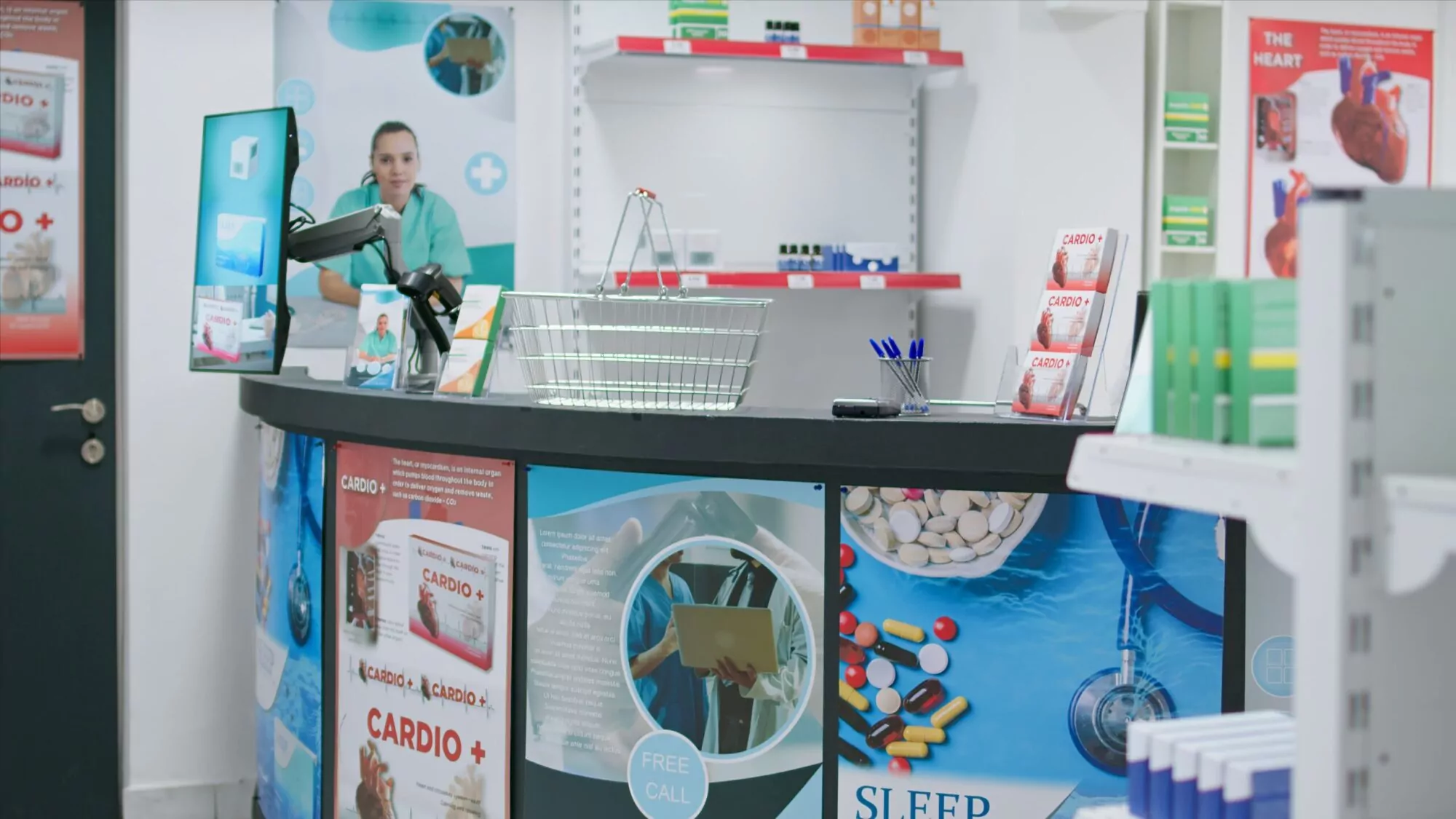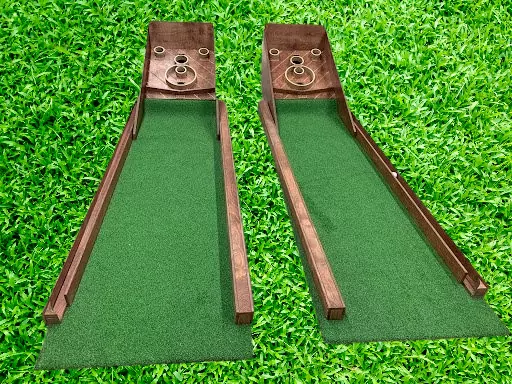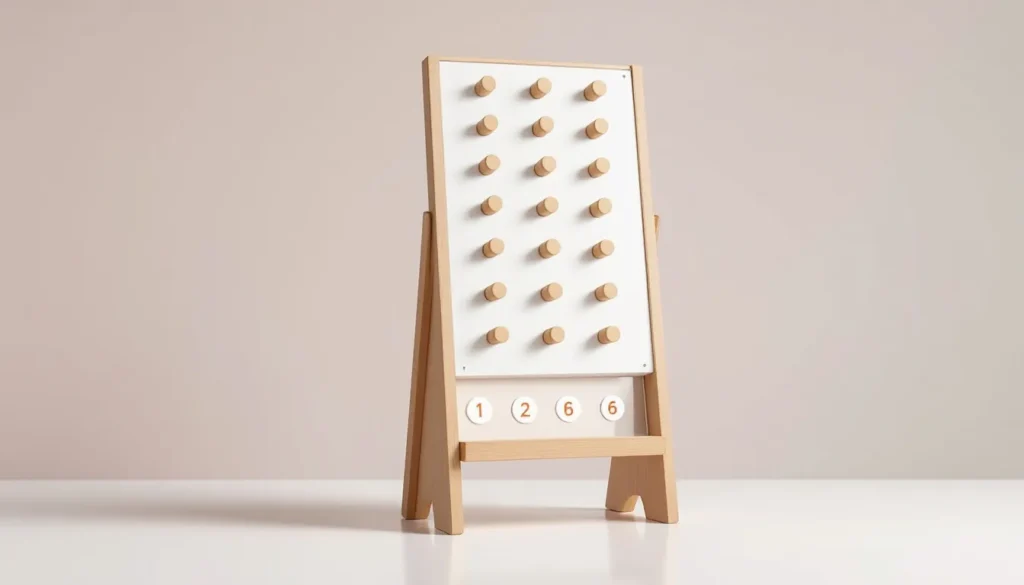Best Materials for Retail Countertop Displays

When setting up a retail space, every little detail counts, especially when it comes to retail countertop displays. These nifty marketing tools are not just about holding products; they’re about showcasing them in the most appealing way possible right at the point of purchase. But here’s the thing, not all materials are created equal when it comes to these displays.
Choosing the right one can significantly impact their effectiveness, durability, and how they align with your brand’s image. From the sleek elegance of glass to the warm allure of wood, each material tells a different story and caters to various needs and budgets. So, before you decide on which material to use for your displays, let’s explore what works best and why leading experiential marketing companies in Toronto are paying close attention to these details.
It’s all about making an informed choice that not only highlights your products but also resonates with your brand and budget. Ready to find out which material will make your products shine the brightest? Let’s get started!
Why Material Choice Is Crucial for Retail Countertop Displays
Choosing the right material for retail countertop displays is fundamental to their effectiveness and longevity. These displays are a type of Point-of-Purchase (POP) display, strategically placed to attract attention and drive impulse purchases. That’s why many forward-thinking brands are turning to experiential marketing strategies that align display materials with broader in-store engagement goals.
Durability Impacts Longevity
Durability is paramount, ensuring that retail countertop displays withstand frequent handling and environmental stress. This resilience contributes significantly to the display’s longevity, offering better returns on the investment.
Aesthetics Attract Customers
The aesthetics of a display have a powerful impact on attracting potential buyers. A display that is visually appealing not only draws attention but also enhances the product’s perceived value, encouraging customer engagement.
Cost Affects Budget
Cost is a critical factor, directly influencing the overall budget for marketing efforts and store aesthetics. Opting for materials that offer a balance between affordability and quality ensures that the investment in displays is both effective and economical.
Common Materials Used
The selection of materials for retail countertop displays includes acrylic, wood, metal, and glass, each offering distinct advantages. The choice among these materials hinges on the specific needs of the product, the brand’s image, and the intended customer experience, making the selection process a strategic decision in retail marketing and design. For businesses looking to explore material options in person, visit our experiential marketing agency for a hands-on experience that brings your retail vision to life.
Acrylic for Versatility
Acrylic shines due to its versatility, easily shaped to fit diverse display requirements. Its lightweight nature and affordability make it an attractive option for dynamic retail environments, allowing for creative and cost-effective display solutions.
Wood for Warmth
Wood infuses displays with a natural warmth and timeless elegance, enhancing the shopping experience through its inviting aesthetic. The durability and rich texture of wood lend a sense of quality and authenticity to the products displayed.
Metal for Durability
Metal is synonymous with durability and modern aesthetics, offering a sturdy framework for displays that demand a contemporary edge. Its resilience ensures longevity, making it a wise investment for high-traffic retail settings.
Glass for Elegance
Glass elevates product presentations with its sophisticated elegance and crystal-clear visibility, ideal for showcasing premium products. Its easy-to-clean surface and luxurious appearance make it a preferred choice for high-end retail displays.
Pros and Cons of Acrylic
Acrylic offers a lightweight and affordable solution for retail displays, celebrated for its versatility in design and ease of customization. Its transparency rivals that of glass, making it an excellent choice for showcasing products without overshadowing them. However, acrylic’s surface is prone to scratches and can yellow over time when exposed to sunlight, potentially detracting from its appearance and the overall presentation of the merchandise.
Despite these drawbacks, its cost-effectiveness and adaptability make acrylic a favored choice among retailers looking to balance aesthetics with budget constraints. At Pop49’s headquarters, we’ve seen how even small format displays made from acrylic can deliver big results when strategically placed and aligned with a larger retail marketing vision
Pros: Lightweight, Affordable
Acrylic displays boast a lightweight design, facilitating effortless mobility and versatility in retail layout configurations. Additionally, their affordability makes them an attractive option for retailers seeking cost-efficient yet visually appealing display solutions.
Cons: Can Scratch Easily
A notable drawback of acrylic is its propensity to accumulate scratches easily. This susceptibility can compromise the display’s pristine appearance, necessitating regular maintenance to sustain its visual allure and functionality.
Pros and Cons of Wood
Wooden displays offer a classic look and sturdiness, contributing to a warm and inviting retail ambiance that can significantly elevate the perceived quality of the products displayed. The natural texture and unique variability of wood ensure that each display has a distinctive character, enhancing the aesthetic appeal of any retail environment. However, wood is not without its drawbacks; it requires regular maintenance to maintain its appearance and structural integrity.
Susceptible to warping, scratching, and moisture damage, wood demands attentive care. Despite these maintenance considerations, the durability and timeless appeal of wood continue to make it a popular choice among retailers seeking to create an upscale and distinctive shopping experience.
Pros: Classic Look, Sturdy
Wooden displays boast a classic look and sturdiness, lending a timeless elegance and reliable durability to the retail setting. Their natural aesthetic and solid construction not only enhance product presentation but also contribute to creating a warm and inviting shopping atmosphere.
Cons: Requires Maintenance
However, the beauty and functionality of wooden displays come with the need for regular maintenance. Vulnerable to scratches, warping, and moisture damage, they demand consistent care and upkeep to maintain their visual appeal and structural integrity.
Pros and Cons of Metal
Metal displays are lauded for their strength and modern look, providing unparalleled durability and a sleek aesthetic that seamlessly fits into any retail setting. Their robust construction is capable of supporting heavy products and enduring the hustle and bustle of high-traffic areas, making them an ideal choice for longevity. The contemporary design of metal fixtures adds a sophisticated edge to the product presentation, enhancing the overall shopping experience.
However, the weight of metal can pose a challenge, rendering these displays less flexible when it comes to movement and reconfiguration within the retail space. Additionally, metal surfaces are susceptible to scratches and corrosion, particularly in environments with high moisture levels, necessitating regular maintenance to preserve their aesthetic appeal. Despite these considerations, the lasting durability and stylish appearance of metal continue to make it a popular material choice for retailers aiming to create a memorable and impactful display.
Pros: Strong, Modern Look
Metal displays are renowned for their exceptional strength and stability, making them a durable choice for retail settings. Their modern look not only enhances the aesthetic appeal of the space but also adds a sophisticated edge to the presentation of products, aligning with contemporary design trends.
Cons: Can Be Heavy
However, the significant weight of metal can pose logistical challenges, particularly when it comes to moving or reconfiguring displays. This limitation can affect the flexibility of retail layout designs and may necessitate additional manpower or equipment for installation and adjustments, impacting overall convenience and adaptability.
Pros and Cons of Glass
Glass displays offer a high-end appeal and elegance, providing a luxurious atmosphere that significantly enhances product visibility and perceived value. Their transparent nature ensures that products are the focal point, facilitating an upscale shopping experience. Additionally, glass is easy to clean, allowing for the maintenance of a pristine appearance with minimal effort.
However, the fragility of glass poses a significant drawback, as it can easily break under impact, leading to safety concerns and potential replacement costs. Moreover, glass displays tend to be expensive, with higher upfront costs for both purchase and installation compared to other materials. Despite these challenges, the aesthetic and functional benefits of glass make it a sought-after choice for retailers looking to create an inviting and elegant product presentation.
Pros: High-End Appeal, Easy to Clean
Glass displays boast a high-end appeal, significantly enhancing the luxury and visibility of the products they showcase. Their easy-to-clean nature ensures a consistently pristine appearance, which is crucial for maintaining an inviting and sophisticated retail atmosphere.
Cons: Fragile, Expensive
However, the fragility of glass can be a major concern, as it is prone to breaking, which not only poses safety risks but also incurs additional costs for replacement. Furthermore, glass displays are expensive, both in terms of initial purchase and installation, making them a considerable investment for retailers aiming for elegance in their product presentation.
Factors in Choosing a Material
When selecting the ideal material for retail countertop displays, several key factors come into play. Balancing these factors is essential for creating effective, attractive, and cost-efficient retail countertop displays.
Product Type Dictates Display
The product type significantly influences the choice of material for retail displays, necessitating a material that can support the product’s weight, size, and aesthetic demands. This ensures the product is showcased effectively, capturing its best features and appealing to the target audience.
Brand Image Aligns With Material
The material chosen for displays must resonate with the brand’s image and values. Whether the goal is to convey luxury, artisanal quality, or a modern edge, the material should enhance and align with the brand’s identity, ensuring a consistent and compelling brand experience.
Budget Constraints
Budget constraints are crucial in the decision-making process for selecting display materials. The cost of materials directly impacts the overall marketing budget, making it essential to find a balance between quality and cost-effectiveness to maximise the investment’s value.
Environmental Impact Considerations
Environmental impact considerations are becoming increasingly critical in the choice of materials. There’s a growing trend towards using sustainable and eco-friendly materials, reflecting a brand’s commitment to environmental responsibility and catering to the preferences of eco-conscious consumers.
Selecting the Best Material
Selecting the ideal material for retail countertop displays is a multifaceted decision that hinges on understanding and balancing a variety of factors. It requires a keen assessment of the product type, ensuring the material chosen complements and enhances the product’s features. Equally, the material must resonate with the brand’s image and values, contributing to a cohesive and compelling brand identity.
Budget constraints play a pivotal role, necessitating a cost-effective choice that does not compromise on quality or aesthetic appeal. Lastly, environmental impact considerations are increasingly important, reflecting a brand’s commitment to sustainability and appealing to eco-conscious consumers. By carefully weighing these factors, retailers can select the best material for their countertop displays, effectively showcasing their products while aligning with their brand and financial goals.
Choose Wisely, Stand Out Instantly
The right material for your retail countertop display isn’t just about aesthetics. It’s about durability, brand alignment, and making a lasting impression. Whether you opt for acrylic’s versatility, wood’s warmth, metal’s strength, or glass’s elegance, your choice will shape how customers perceive your products and engage with your brand. Every material has its pros and cons, but the key is finding the perfect balance between function, cost, and impact.
At Pop49, we know that great marketing starts with smart decisions. From compelling brand storytelling to strategic retail placements, we help businesses create displays that do more than just hold products, they sell them. Want to see what innovative display design looks like in action? Check out our latest campaigns on our experiential marketing company page, where creativity meets strategy. Your countertop space is valuable. Make it work harder for you by choosing the right display material and turn every glance into a sale. Contact us today for a quote!
More Articles

What is Skee Ball?
Discover the power of skee ball in experiential marketing. Learn how Pop49’s custom games can elevate your brand and engage…

How to Collect Emails With Prize Wheel Games
Learn how to turn engaging prize wheel games into a powerful tool for building your email list. Maximize your marketing…

Best Branding Ideas for Plinko Boards
Discover creative Plinko board branding ideas to boost engagement, build loyalty, and make your brand stand out at events, promos,…